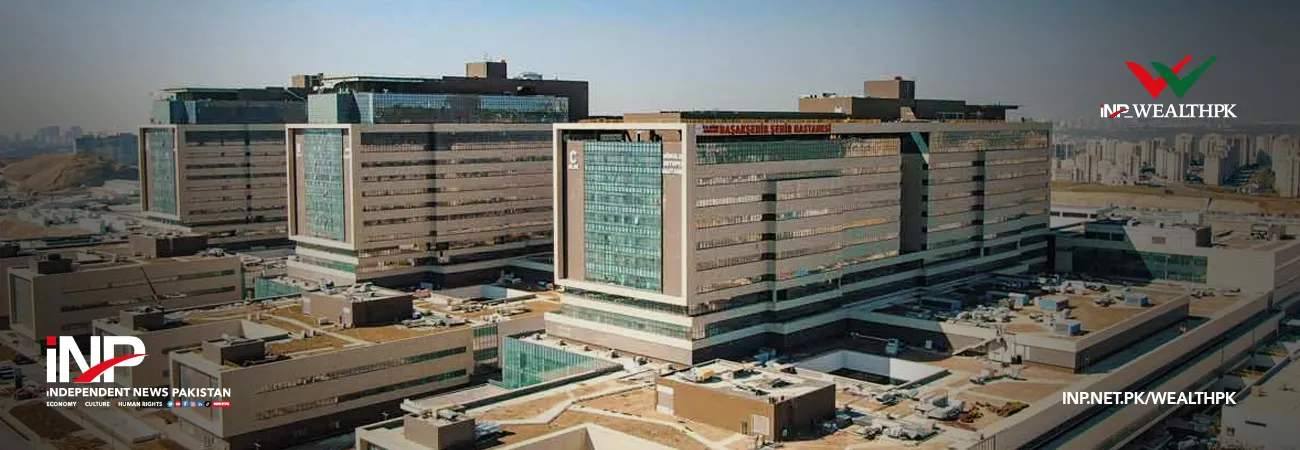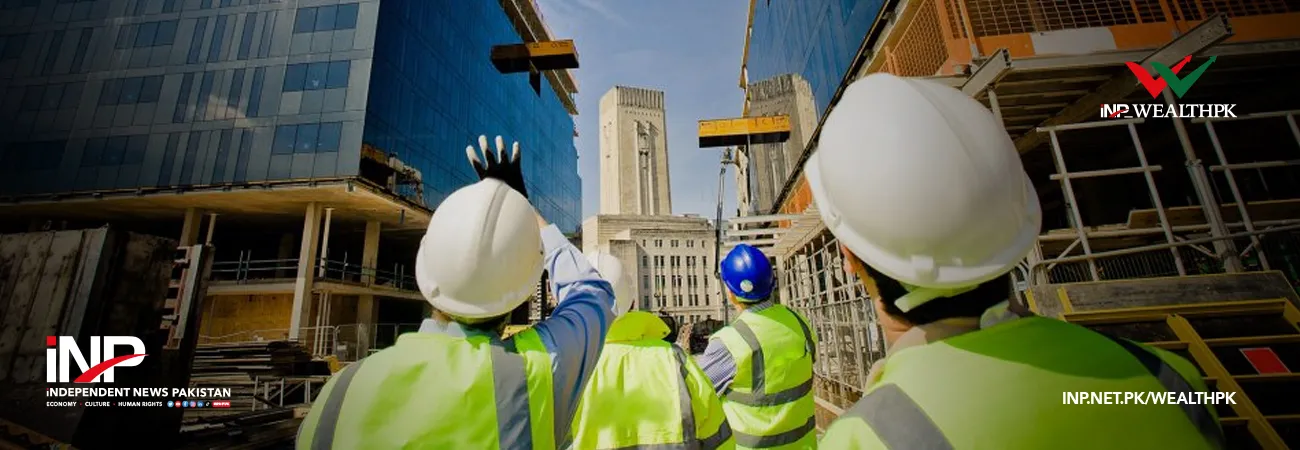INP-WealthPk
By Jawad Ahmed ISLAMABAD, Jan. 27 (INP-Wealth): Transport and logistics are the backbone of the supply chain network of a country, which make it easier to connect incoming and outgoing transportation linkages. They are crucial for economic progress, because they mobilise both human and physical capital. Regional integration and increased demand for goods and services has made trade a 24/7 activity. Batter connectivity of roads, railways, sea routes, transportation systems and logistics are important for a country’s ability to compete in the global market. According to a global logistics research, the logistics market size exceeded $9.1 billion in 2019 and is predicted to reach $75 billion in 2030, with a growth rate of more than 21 percent. For the forecasted period, Asia-Pacific is the fastest growing region. This is because China has the world's largest population, and the Belt and Road Initiative (BRI) emphasises the need for a massive logistics development. The BRI is making steady progress. The China-Pakistan Economic Corridor (CPEC) is one of the most important projects under the initiative, which aims to provide the quickest path to accelerate trade activity at the lowest cost and in the shortest time possible. In this regard, China has already made significant investments in Pakistan's transportation and logistics system. According to a document from the Punjab Board of Investment and Trade (PBIT), China is investing $11 billion in Pakistan's logistics and transportation sector, accounting for 17.7 percent of the overall investment. In Pakistan's economy, the logistics industry includes rail, road, air, and sea transportation infrastructure, as well as related vehicles, communication sources, and storage facilities. Roads transport around 93 percent of people and 96 percent of freight, while railways provide only about 4 percent of freight traffic. The transportation sector contributes about 10 percent to GDP (gross domestic product) and provides approximately 6 percent of employment in the country. This sector receives around 15 percent of all public-sector development programme (PSDP) funds and consumes 35 percent of total energy annually. According to the World Bank, Pakistan's logistics industry is expected to grow to $30.77 billion as infrastructure improves. As logistics is such a price-sensitive industry, rail and transport infrastructure development requires both private and public financing. Huge investments are being made as part of the CPEC project to build and improve Pakistan's railway infrastructure and expected to increase the country's freight burden by 20 percent. Apart from that, the National Highway Authority (NHA) is also investing in various projects for the construction and upgradation of highways and motorways through public-private partnership. Pakistan Vision 2025 aims to create integrated and well-connected road and transportation infrastructure in order to capitalise on the country’s transportation system in the region. By the end of 2025, the government plans to raise road density and rail freight share from 4 percent to 20 percent, resulting in an increase in yearly exports from $25 billion to $150 billion. The transportation sector is considered backbone of Pakistan’s economy to accelerate trade activity. Despite limitations and challenges, this sector has contributed a lot in promoting development of the country. In addition to agriculture, construction and services, the transportation and communication industry contributes significantly to GDP. In the long run, Pakistan would benefit the most from investment made by China under the CPEC to develop and upgrade transport infrastructure and logistics.













